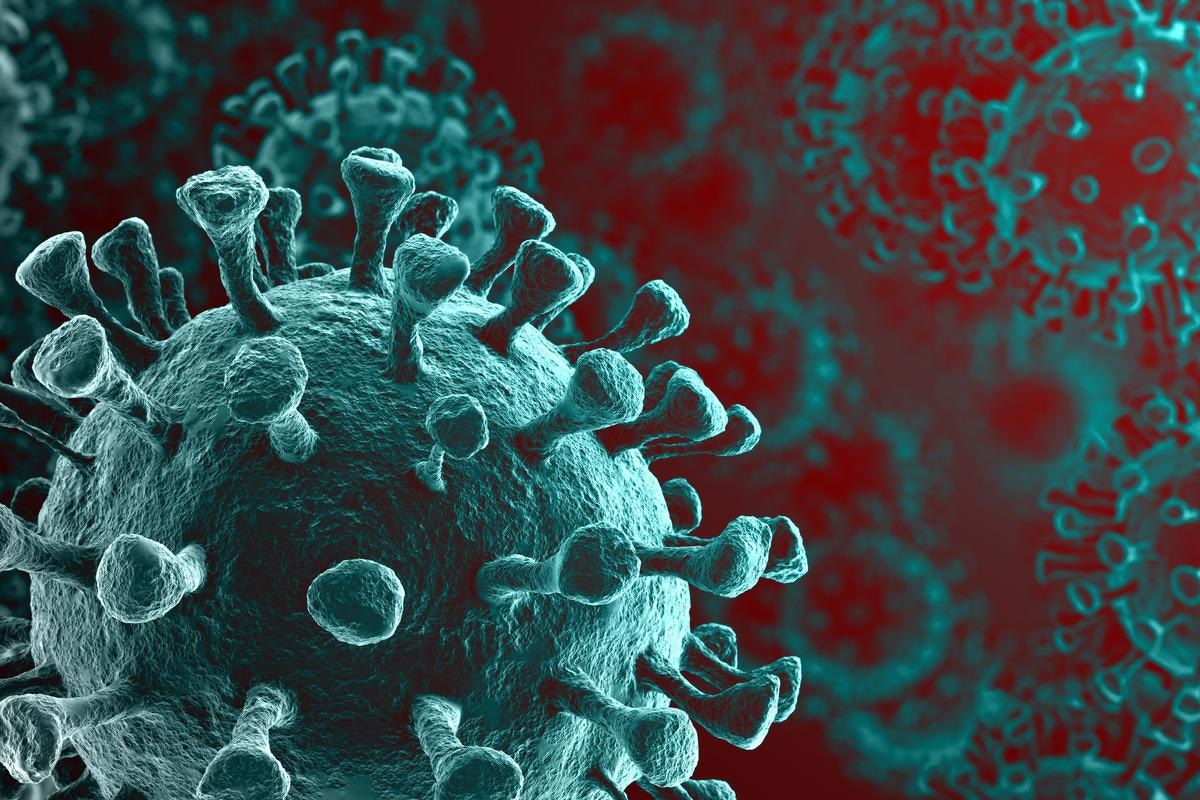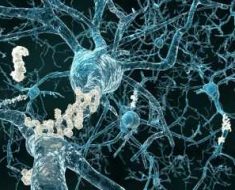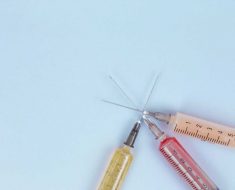The ongoing coronavirus disease 2019 (COVID-19), whose causal agent is severe acute respiratory syndrome coronavirus 2 (SARS-CoV-2), has massively affected the global economy and healthcare system. Although scientists have rapidly developed effective COVID-19 vaccines, their efficacy has reduced owing to the emergence of new SARS-CoV-2 variants that can evade immune responses generated via vaccination or natural infection. Thereby, there is a need for new vaccines with high efficacy, are stable, cost-effective, and safe for global use.

Background
Previous studies have reported that SARS-CoV-2 is an RNA virus belonging to the family Coronaviridae of the genus Betacoronavirus. The surface spike protein of this virus binds to the hosts' receptor, namely, angiotensin-converting enzyme 2 (ACE2), and thereby establishes infection.
SARS-CoV-2 spike protein is a homotrimer that contains two domains, namely the N-terminal S1 domain and the C-terminal S2 domain. The S1 domain binds with ACE2 of the host through its receptor-binding domain (RBD), while the S2 domain mediates the fusion of cell membranes between virus and host cell. Scientists have targeted RBD to develop COVID-19 vaccines and therapeutics (monoclonal antibodies). However, several studies have indicated that RBD is prone to mutation, which leads to the rapid evolution of the virus.
Although the available COVID-19 vaccines have lowered the mortality rate and severe infections, which require hospitalization, the accumulation of mutations in RBD has reduced the efficacy of the available vaccines and therapeutics. Several SARS-CoV-2 variants have emerged and are classified as variants of concern (VOC) and variants of interest (VOI). VOCs are highly transmissible and virulent and can evade immune responses induced via COVID-19 vaccination and natural infection.
As vaccines target the conserved structural regions of the spike protein, they can combat the adaptive capabilities of SARS-CoV-2. The available COVID-19 vaccines are based on various platforms that include mRNA and adenoviral vectors. Scientists stated that epitope scaffolding and grafting are high-precision approaches for designing immunogens used for the development of vaccines and therapeutics
A new study
Researchers believe that creating an immunogen based on the conserved epitope would produce wide-ranging immunity. An effective SARS-CoV-2 immunogen that targets conserved regions of the SARS-CoV-2 virus would effectively reduce the emergence of neutralization-resistant variants or those which can evade immune responses. These types of immunogens would be effective against other coronaviruses as well.
A new study published on the bioRxiv* preprint server has focused on designing immunogens associated with the conserved region of the spike protein of SARS-CoV-2. In this study, researchers utilized structure-guided epitope scaffolding and grafting methods. In a previous study conducted by the same research team, a computational protocol to design epitope scaffolds was described, which was used in this study as well.
In the current study, scientists designed a SARS-CoV-2 immunogen using three unique, conserved epitope regions of the S2 domain to develop structural mimics of the epitopes. These small protein mimics or epitope scaffolds were used as immunogens for a specific immune response.
Key findings
The current structure-guided antigen design method offers speed and precision for vaccine development. The combination of epitope grafting and scaffolding method has helped create vaccines that would be highly effective against viruses and their variants. In this study, scientists reported the design of potential immunogens by targeting the conserved regions of the SARS-CoV-2 spike protein.
Scientists designed immunogens with atomic-level details, which mimic the conformation of non-RBD conserved epitopes of the spike protein. A previous study had focused on creating an immunogen using the grafting method, which has targeted the moderately conserved region of RBD. The developed immunogen could effectively induce structure-specific antibodies against SARS-CoV-2.
In this study, researchers reported that the biophysical and structural characterization data of the epitope scaffolds agreed with the computational design data. Immunization experiment using mice model revealed that the newly designed grafted epitopes immunogen induced targeted immune response.
Importantly, scientists reported that ED2 and ED5 epitope scaffolds exhibited a graft-specific and high level of immune response compared to other immunogen designs. Among these two, ED2 grafted with two different epitopes induced a higher immune response. This finding implies that the inclusion of multiple epitopes in a single immunogen design or incorporation of an epitope-scaffold mixture could induce an improved immune response.
Researchers observed that the epitope scaffolds exhibited limited neutralizing ability in sera. However, when ED2 was tested against sera samples of human COVID-19 patients, a positive binding was observed. Scientists conducted various analyses, such as X-ray crystallography, Small-angle X-ray (SAX) scattering and modeling, Circular Dichroism (CD) spectroscopy, and enzyme-linked immunosorbent assay (ELISA) in this study. These analyses revealed that the synthesized immunogen was stabilized and possessed native epitope-mimicking conformation of the epitope scaffolds.
Despite conformational stabilization, the reason behind the limited neutralizing activity of the immunogen is not clear; however, the binding to human patient sera indicates that the neutralization activity is species-specific.
Conclusion
One of the limitations of the study is that only linear epitopes were included in the design of SARS-CoV-2 immunogens. In the future, conformational epitopes could be optimized while designing immunogens to elicit improved immune responses. The findings of the current study confirm the usefulness of epitope scaffolds in vaccine development.
*Important notice
bioRxiv publishes preliminary scientific reports that are not peer-reviewed and, therefore, should not be regarded as conclusive, guide clinical practice/health-related behavior, or treated as established information.
- Vishweshwaraiah, Y. et al. (2022) "Adaptation-proof SARS-CoV-2 vaccine design". bioRxiv. doi: 10.1101/2022.05.17.492310. https://www.biorxiv.org/content/10.1101/2022.05.17.492310v1
Posted in: Medical Science News | Medical Research News | Disease/Infection News
Tags: ACE2, Angiotensin, Angiotensin-Converting Enzyme 2, Antibodies, Antigen, Assay, Cell, Coronavirus, Coronavirus Disease COVID-19, covid-19, Crystallography, Efficacy, Enzyme, Evolution, Healthcare, Immune Response, immunity, Immunization, Mortality, Mutation, Protein, Receptor, Research, Respiratory, RNA, SARS, SARS-CoV-2, Severe Acute Respiratory, Severe Acute Respiratory Syndrome, Spectroscopy, Spike Protein, Syndrome, Therapeutics, Vaccine, Virus, X-Ray

Written by
Dr. Priyom Bose
Priyom holds a Ph.D. in Plant Biology and Biotechnology from the University of Madras, India. She is an active researcher and an experienced science writer. Priyom has also co-authored several original research articles that have been published in reputed peer-reviewed journals. She is also an avid reader and an amateur photographer.
Source: Read Full Article




